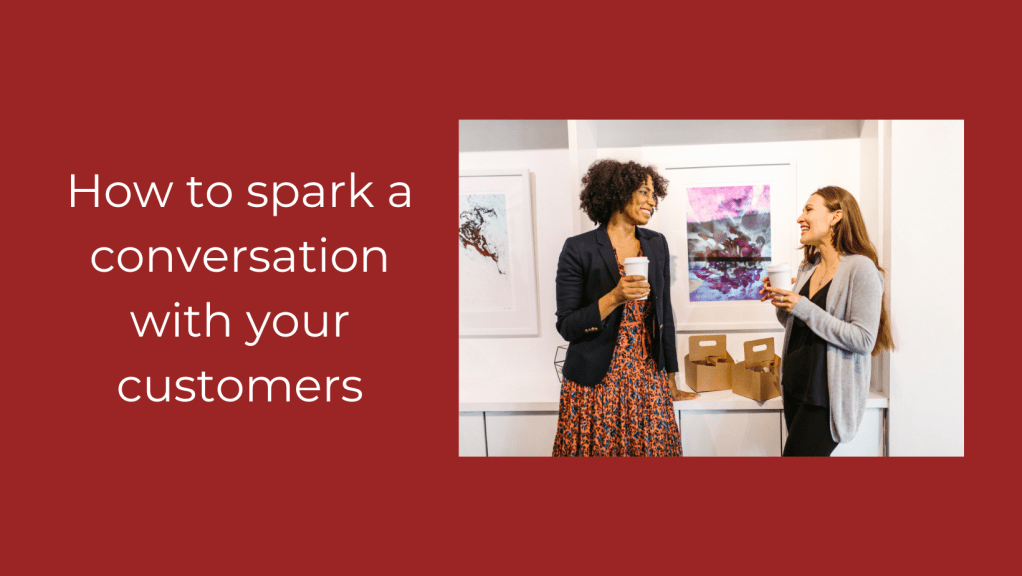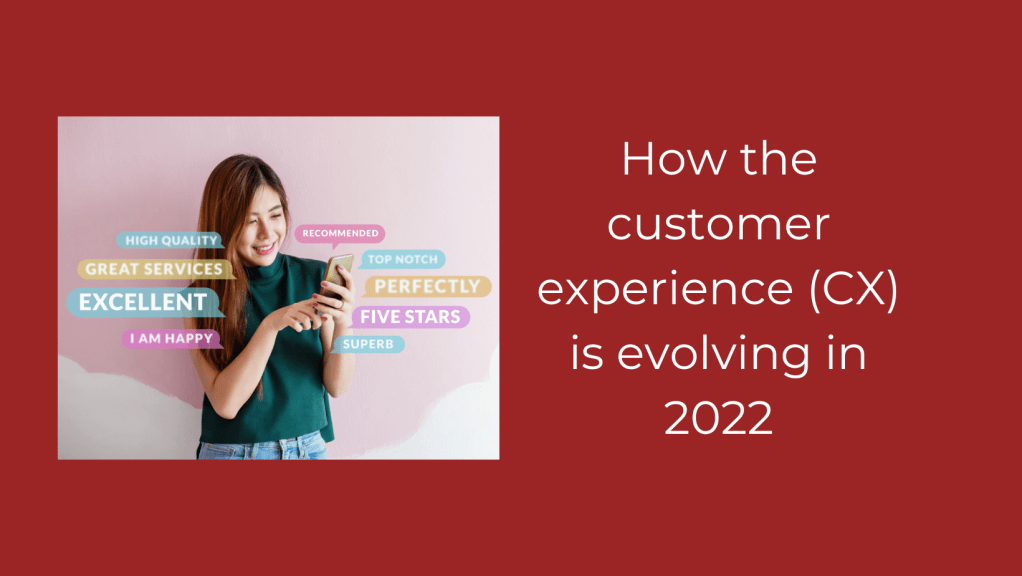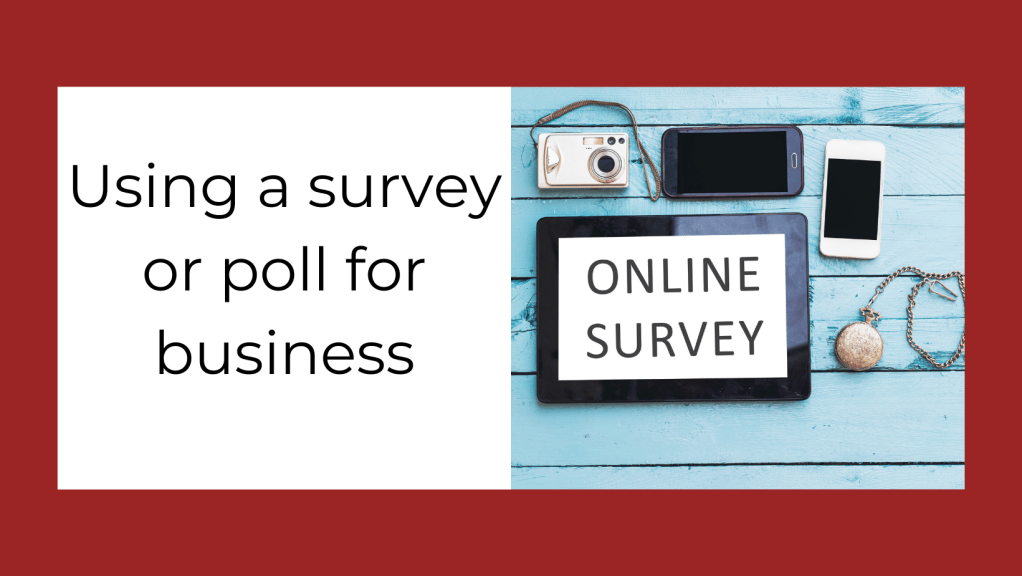Online shopping has never been more popular, and not just amongst the younger generation. Lockdown was a contributing factor to more people starting to shop online and it is continuing at a rare old pace. More online stores are opening every day, and small businesses which sprang up during lockdown continue to grow, which means that competition to stand out is fierce. Online marketplaces help build trust with customers and give a more convenient way to buy from home, on your phone or device.
Why do people shop online? Here are a few reasons…
Wide variety of products
Online shoppers have access to absolutely anything they want to buy, whereas if they visit a store, they are limited to what that particular store sells and must visit several different stores to get everything they want. Online shopping puts every kind of store at your fingertips – it’s easy to browse and find what you want and easy to find the latest trends or fashions.
It’s convenient
You don’t have to go out, get stuck in traffic, find a parking space, or drag your children round the shops. You don’t have to worry about fitting it in around your job, rushing to catch the shops before they close. You can shop online 24/7 …and even shop in your PJs if you want to. It’s less stressful and often cheaper, as you can compare stores and prices much more easily.
Lower prices
It’s not just about loads of options when you shop online, but often you can find things you want at a much lower price than in stores. Online shops don’t have the overheads of a physical store.
You can also often find coupons or discounts online as this is a tactic used to rise above competitors. And several online stores operate within a cashback regime, so this is also attractive to buyers.
No sales pitch
When you visit a physical store, you are often pounced on by assistants, asking if you need help or trying to get you to buy something you didn’t want. If something isn’t available, you’ll often be tempted to try something else. Many a time, I’ve gone to a specific store to buy a particular dress, only to find it’s not in stock, or they don’t have the colour I want. But do I leave the store empty handed? Very rarely! I have bought things I don’t really want, have been persuaded that a different colour will really suit me by the assistant and know it’s not really for me, but often just get caught up in the moment and buy anyway.
Plain packaging
When you shop online, you don’t have to worry about what you buy – if you want to buy some really sexy underwear or something a bit more intimate for the bedroom, buying online means you can choose for it to be delivered in plain packaging. You don’t have to be embarrassed at the checkout. You can also browse everything you want to look at, read the descriptions and decide which item you want, without an assistant hovering. And you can take your time to choose.
No crowds and no queues
This is an obvious one – I absolutely hate crowded shopping centres, so online shopping suits me as I don’t have to queue to buy something, nor do I have to feel claustrophobic in crowds.
Baskets and checkout
The thing I really like about online shopping is the quick and easy checkout process. I just add what I want to my basket, and then checkout at my leisure. It’s usually quick and simple – you can also choose which delivery option you want and can often get next day delivery. There are also lots of local shops who do free delivery, which is an added bonus.
Customer reviews
I like to check out what other people think about a product before I buy it and online shopping makes this a cinch. Information and product descriptions are usually clear – you know if the product you are buying is environmentally friendly, and you can see what other buyers think of the product before you buy.
The stats
20.8% of retail purchases were expected to take place online in 2023, and by 2026, 24% of retail purchases are expected to take place online – just think about it – that’s huge!
E-commerce sales are expected to grow 10.4% in 2023. This is great news for all the small businesses out there. Because 20.8% of retail purchases are expected to take place online in 2023, it makes sense that e-commerce sales will grow too. As more and more customers shop online, small businesses can sell more, although the competition is fierce.
The global e-commerce market is expected to total 6.3 trillion dollars in 2023 and will grow even more – it is expected to total over 8.1 trillion dollars by 2026! This is great news for small businesses as shopping online no longer limits you to people in your local area. With e-commerce, either your own website or from an online shop, you can sell your products or services to anyone in the world.
Stats source – Forbes Adviser
What will deter your online customers?
The main reason that online shoppers abandon their cart is because of additional costs like shipping and taxes. I know that it’s become a problem for me, as I live in France, that if I buy from the UK I will get additional custom duty to pay on top of shipping, which can effect my decision to buy.
If you have a website or an online shop, it could be worth adding the shipping into the overall price, then there are no unexpected costs at checkout. Your checkout process also needs to be quick and easy as this is another reason why carts are abandoned. And the
It’s interesting that 24% of online shoppers abandon their cart because the site they are buying from want them to create an account – I must admit I have done this! Not everyone wants to go through the hassle of creating a username and password – and for me if I do, it often means I am then bombarded with emails which clog up my inbox.
The good news is that 79% of shoppers shop online at least once a month – I shop online much more than that!
Conclusion
As the stats suggest, online shopping is set to evolve further and just become more and more popular as time goes on. If you have a small business and want to survive, it’s a must to be online to keep up with the latest trends.
A particular plus for me regarding online shopping is that I know that I’m buying something that hasn’t been picked up, tried on or handled by loads of different people. I love buying from small businesses because most of the items are unique, crafted by someone who really cares about what they’re doing and their products really are made with love.
Of course, there is still something exciting about wandering around the shops and finding something you never knew you wanted. Being a huge stationery fan, I love to browse a stationery aisle…and don’t get the same buzz online. But for most other things, I prefer the online route. What are your thoughts on online shopping? Do you prefer it, or do you like to have a wander and a browse in a physical store?
Follow my blog for more small business marketing tips and articles. You can also find me on Facebook and Instagram.





























